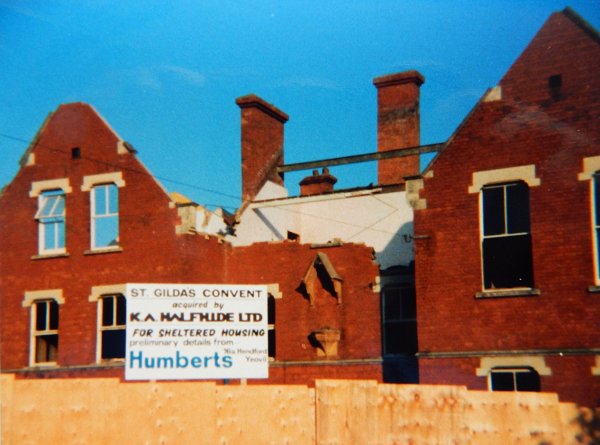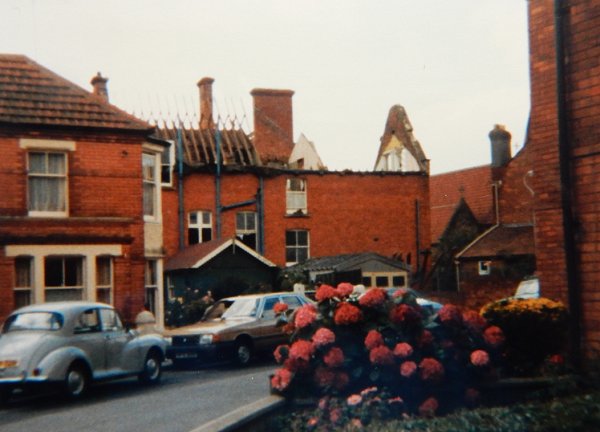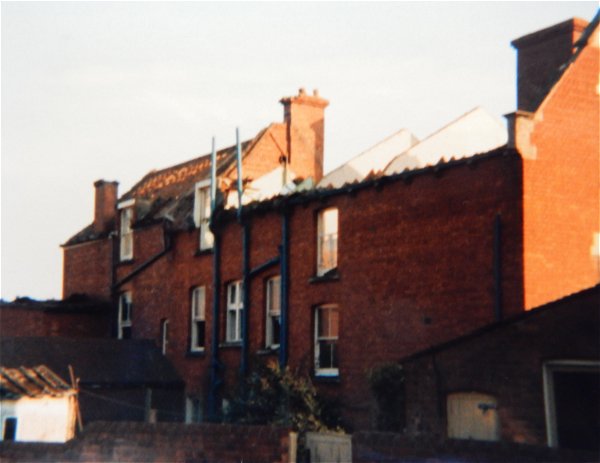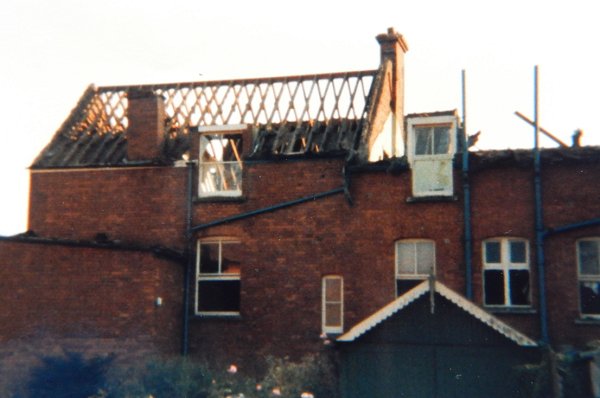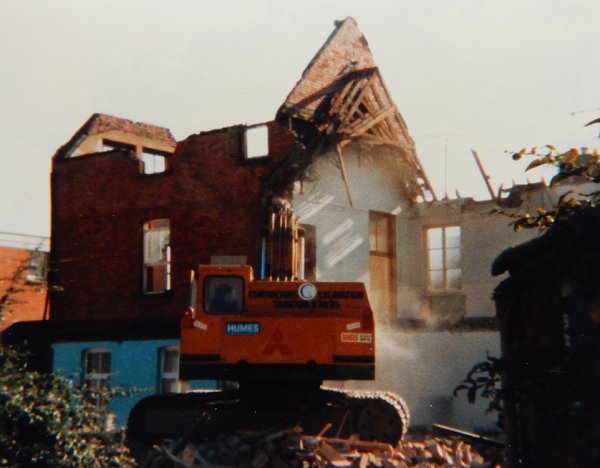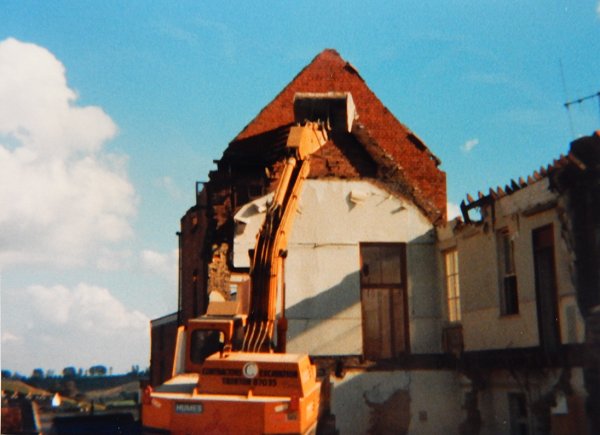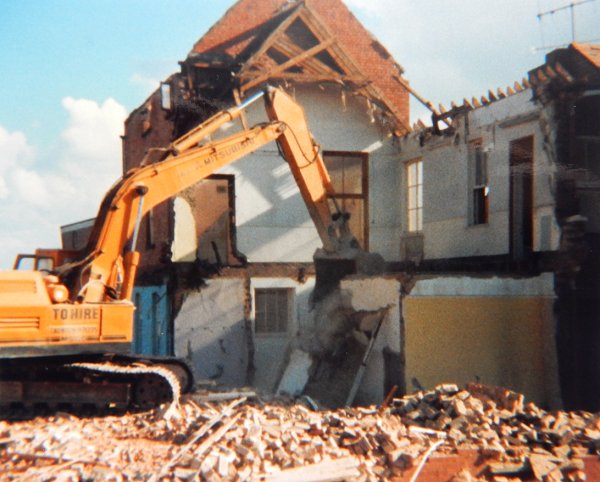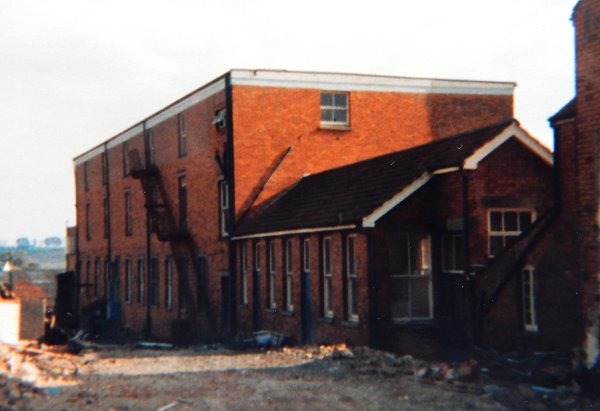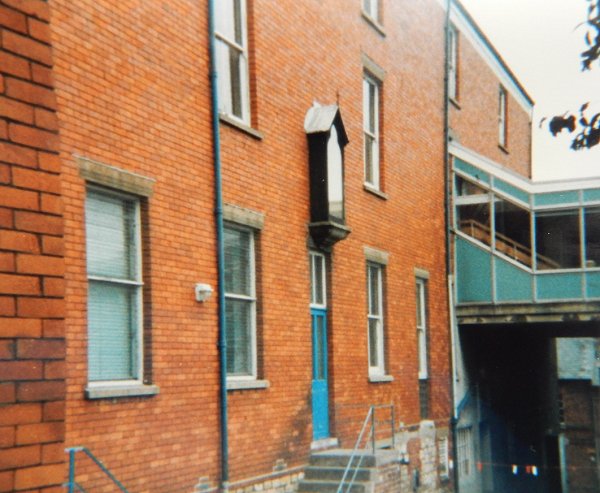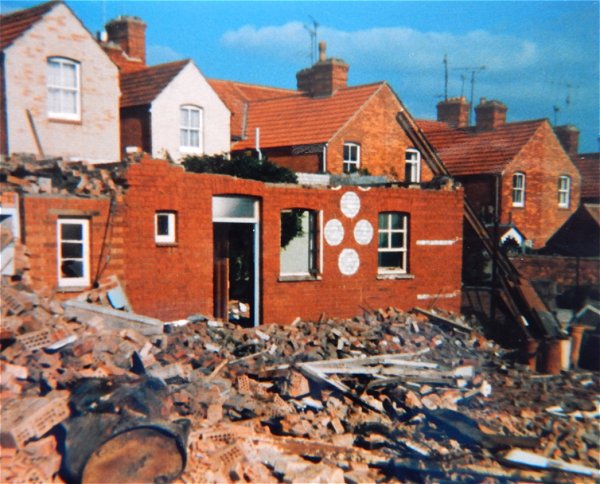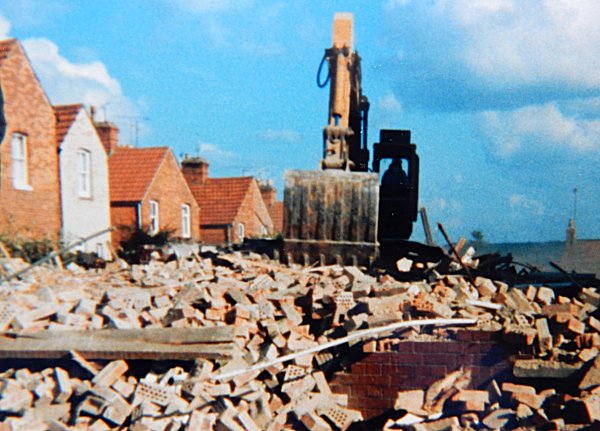whitefriars
whitefriars
Former Devonshire Cottage that became St Gildas school
Before The Avenue was built in the late 1890's there was a short track running north alongside the Black Horse public house on Reckleford called Pound Close. The track led to a house called Devonshire Cottage which had been the home of glove manufacturer, later Mayor of Yeovil, John Hill.
Following John Hill's death in 1889 the house was purchased by the Roman Catholic diocese to house a small group of Carmelite brothers, more properly called the Order of the Brothers of Our Lady of Mount Carmel. As a consequence the house became known as Whitefriars.
In 1903 it was acquired, together with the adjoining property, by the Sisters of St Gildas-des-Bois who originated in Brittany, France. They built the St Gildas convent on the site. The presence of the Sisters of St Gildas in England dates from 1903 with this, the founding of the first Community in England, which was linked to political events in France.
The nuns later (between 1912 and 1928) demolished Devonshire Cottage / Whitefriars and built the St Gildas convent on the site.
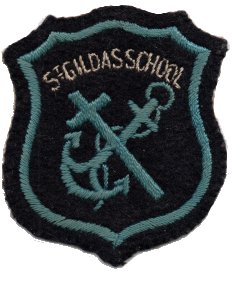 However the
Sisters
envisaged their
presence here as
a missionary
one, education
being a priority
and as a
consequence in
September 1907
they opened a
Boarding and Day
School at
The Grange
in
Park Road
that had been
the residence of
James Bazeley
Petter until
his death in
1906.
In 1908 the
school was
established in
the convent. It
was run
by the nuns, the
Sisters of
Christian
Instruction, as
a private school
for children
aged 5 to 16.
The school had a
mixed infants
and juniors for
boys and girls
and a girls-only
senior school.
It is thought
that the
original
building was
greatly enlarged
at this time.
However the
Sisters
envisaged their
presence here as
a missionary
one, education
being a priority
and as a
consequence in
September 1907
they opened a
Boarding and Day
School at
The Grange
in
Park Road
that had been
the residence of
James Bazeley
Petter until
his death in
1906.
In 1908 the
school was
established in
the convent. It
was run
by the nuns, the
Sisters of
Christian
Instruction, as
a private school
for children
aged 5 to 16.
The school had a
mixed infants
and juniors for
boys and girls
and a girls-only
senior school.
It is thought
that the
original
building was
greatly enlarged
at this time.
During the Second World War, from 1942, the school became a 'Rest and Feeding Centre', one of four schools used as such, and had a capacity to sleep 100 and offer a hundred meals per sitting. The Centre was available for the benefit of people whose homes had been destroyed or made uninhabitable by enemy action, or who were required to vacate their homes temporarily on account of danger from unexploded bombs. It was also available for the benefit of people whose normal means of cooking meals at home were cut off owing to damage to the public gas or electricity supply systems, or of wage earners who had migrated from the town to adjacent areas for a few days but who required their mid-day meal in Yeovil. No charges were made for meals supplied at the Centre for the first 48 hours after an air raid, but thereafter payment would be required.
In 1971 St Gildas School became voluntary-aided, with the Church and the Local Education Authority working together. The school then changed to a Primary, 4-11 school.
For Carolyn's memories of the school - click here.
The convent closed and was demolished (see below) in 1984. On the site a sheltered housing scheme, Crofton Court, was built and opened in 1988.
Map

A portion of the
1889 Ordnance
Survey map
showing
Devonshire
Cottage at
centre. The lane
it stood in,
Pound Close,
would be
developed as
The Avenue
and the cottage
itself would
later be known
as Whitefriars.
gallery
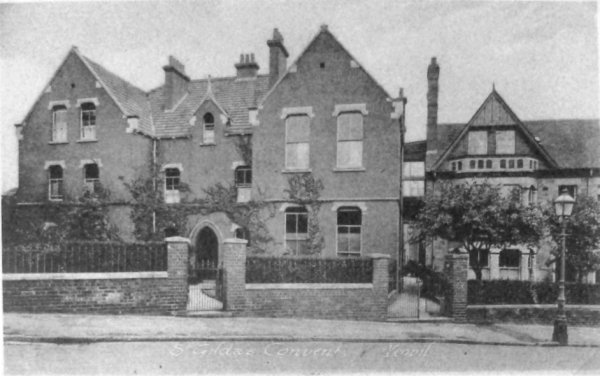
This photograph
features in my
book 'Yeovil
From Old
Photographs'
St Gildas' convent, photographed around 1930.
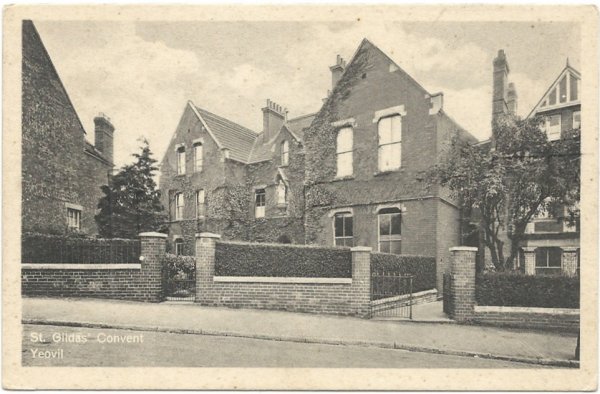
From my
collection.
This
image
features in my
book 'Yeovil
- The Postcard
Collection'.
A postcard of St Gildas' convent dating to 1930.
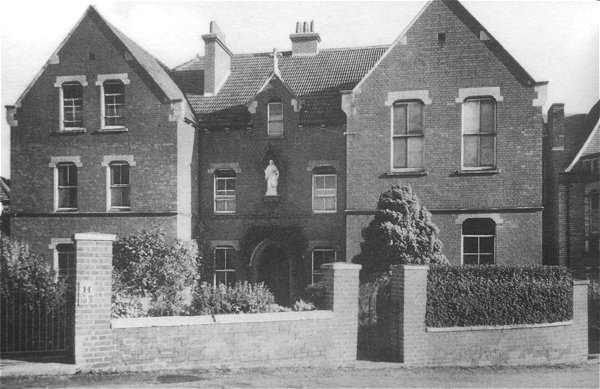
St Gildas' Convent, photographed about 1950.
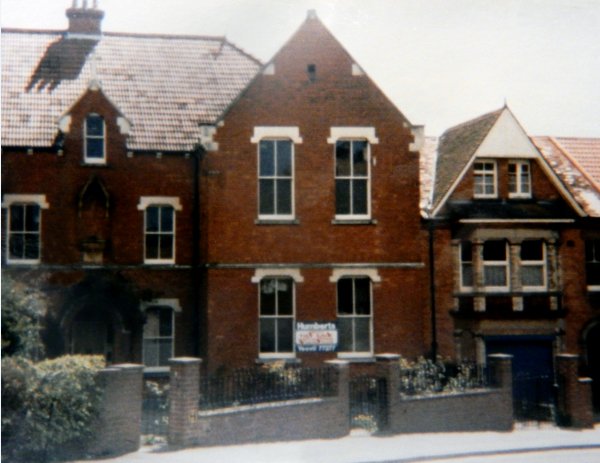
St Gildas' convent, closed and awaiting demolition in 1984.
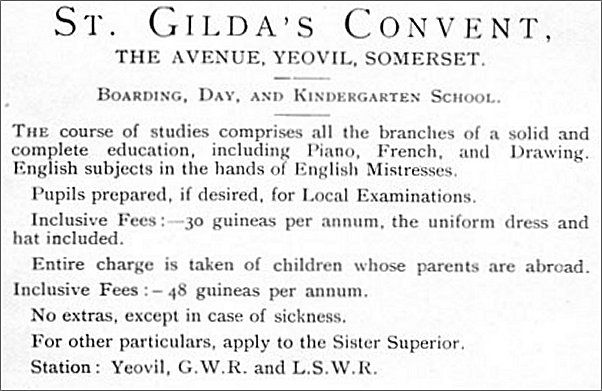
An advertisement of 1912 for St Gildas' school.
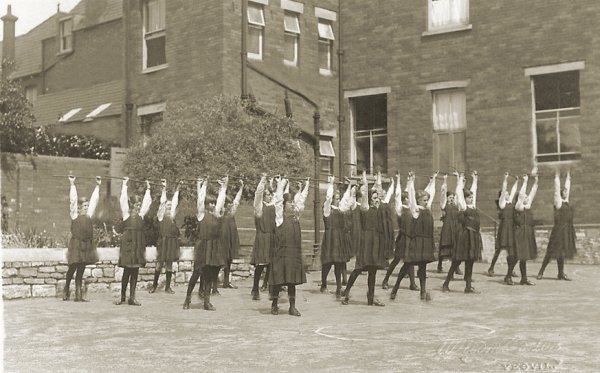
A 1930's exercise class photographed by Witcomb & Son.
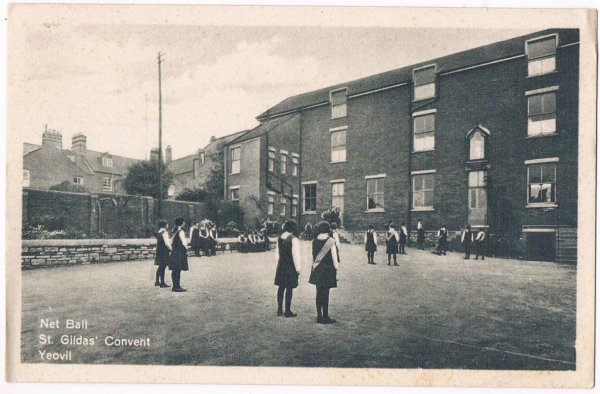
.... and netball from around the same period.
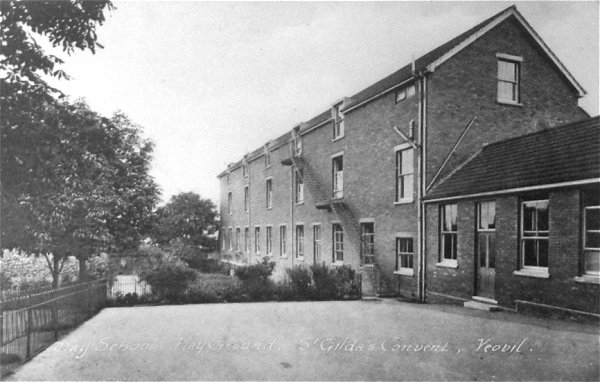
The Day School Playground, photographed probably in the 1930s.

From my
collection
A postcard of the boarders' Playground, photographed probably in the 1930s.
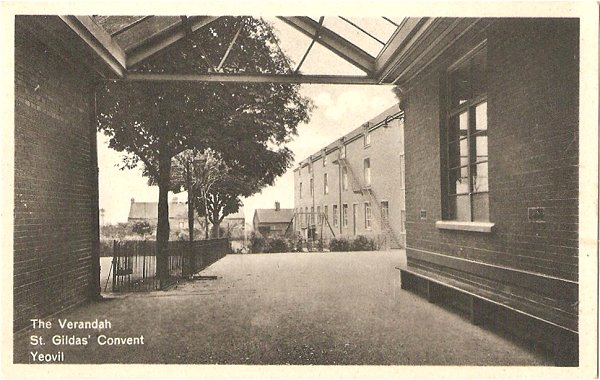
From my
collection
A 1930s postcard of the verandah at St Gildas' convent.

From my
collection
The Refectory, again in a 1930's postcard.
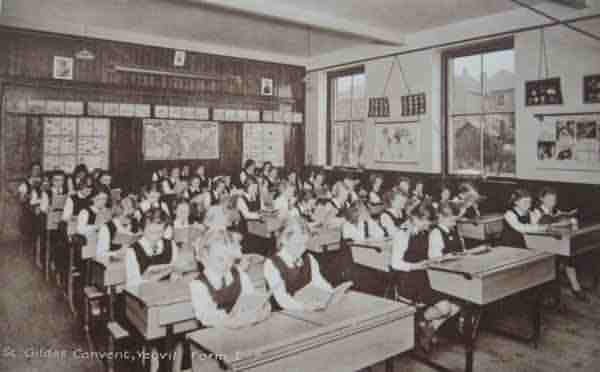
From my
collection
A postcard of Form 1, dating to around 1957..
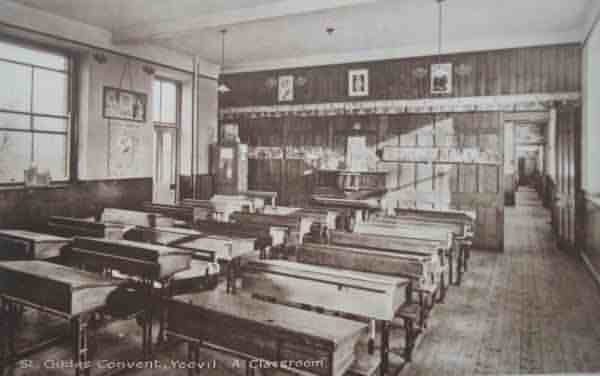
From my
collection
A postcard of a classroom, again probably from around 1957.
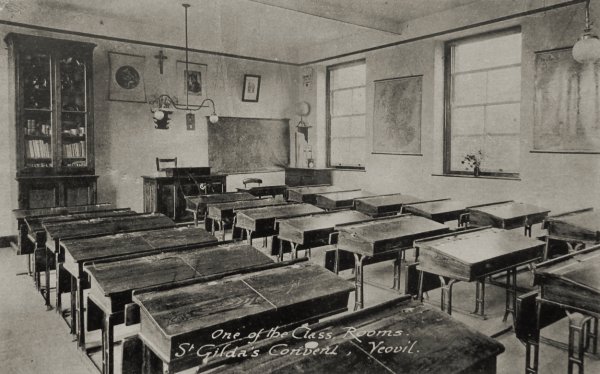
From my
collection
A postcard (from an early set) of one of the Class Rooms, photographed probably in the 1930s.
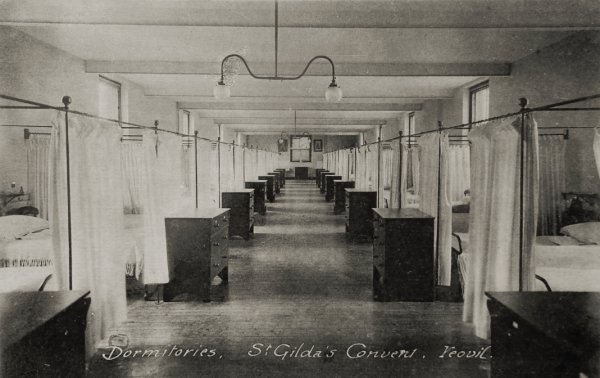
From my
collection.
This
photograph
features in my
book "Lost Yeovil"
A postcard of the Dormitories, photographed probably in the 1930s.
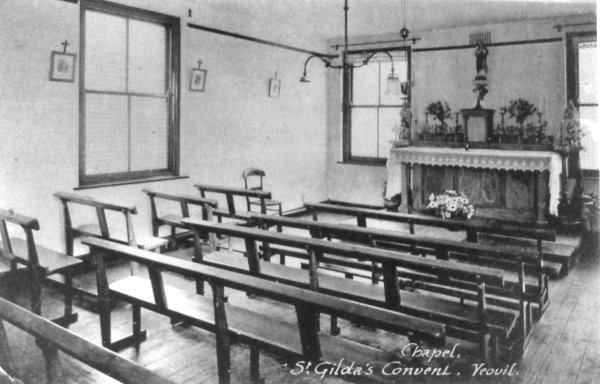
A postcard of the Chapel, photographed probably in the 1930s.

A postcard, dated 1932, of the chapel at St Gildas' Convent.

St Gildas' school photographed in the mid-1960s.
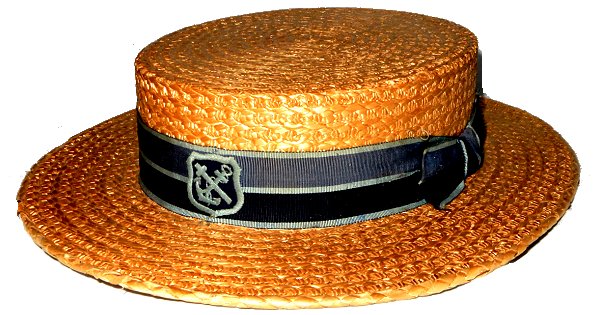
Carolyn's straw boater from her days at St Gildas' school in the late 1960s - kept by her mum all this time (and now, for some unknown reason, in our loft).
The Demolition of St gildas - 1984
Many thanks to Colin Haine for permission to use the following sequence of his photographs.
